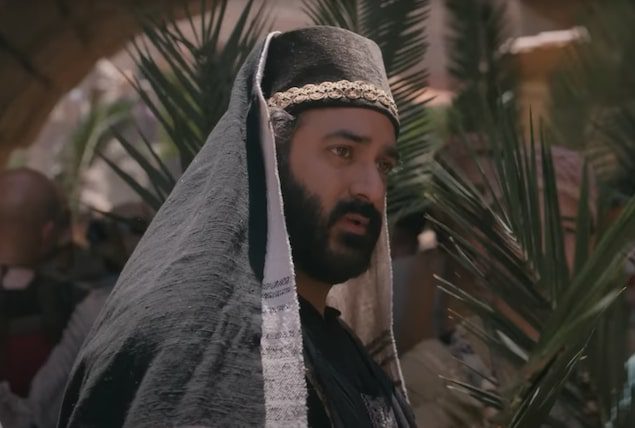Since its debut, “The Chosen” has captivated millions with a fresh, character-driven portrayal of Jesus and his followers. But one of the most common questions viewers ask is: How accurate is the show compared to Scripture?
The answer lies in understanding the show’s unique approach. While “The Chosen” draws directly from the Gospels, it also takes creative license to expand character arcs, fill in narrative gaps, and build relationships not fully detailed in the Bible.
‘The Chosen’ Creator Dallas Jenkins’ Approach
Creator Dallas Jenkins has repeatedly emphasized that “The Chosen” is not a verse-by-verse retelling of the Bible. Instead, the show tells “the story of Jesus through the eyes of those who met him.” This lens allows for both biblical fidelity and dramatic imagination.
RELATED: Dallas Jenkins on Why ‘The Chosen’ Is Not ‘Adding to Scripture’
For example:
-
Matthew is portrayed with traits resembling autism, a choice not mentioned in Scripture but intended to humanize his struggles and transformation.
-
Mary Magdalene’s backstory—her trauma and deliverance—is built from a brief reference in Luke 8:2 but expanded into a central narrative arc.
These additions don’t contradict Scripture, but they go beyond it—raising valid questions about biblical faithfulness and creative storytelling.
Where ‘The Chosen’ Stays True to Scripture
Many scenes reflect the biblical accounts with striking accuracy. The healing of the paralytic, the calling of the disciples, and Jesus’ nighttime conversation with Nicodemus (John 3) unfold much as they do in the Gospels.
The series also strives to present the historical and cultural world of first-century Judaism. Viewers see Sabbath observance, temple life, Roman oppression, and social customs—all of which add context that deepens understanding of the biblical text.
Where Creative License Shapes the Story
For dramatic pacing, timelines are sometimes compressed or adjusted in “The Chosen.” For instance, the disciples meet and interact earlier in the series than they would have historically. This choice allows the show to develop relational tension and unity more quickly.
The series also introduces fictional or composite characters. Roman soldier Gaius, the Pharisee Shmuel, and Matthew’s relationship with local authorities serve to explore social dynamics but are not found in Scripture.

